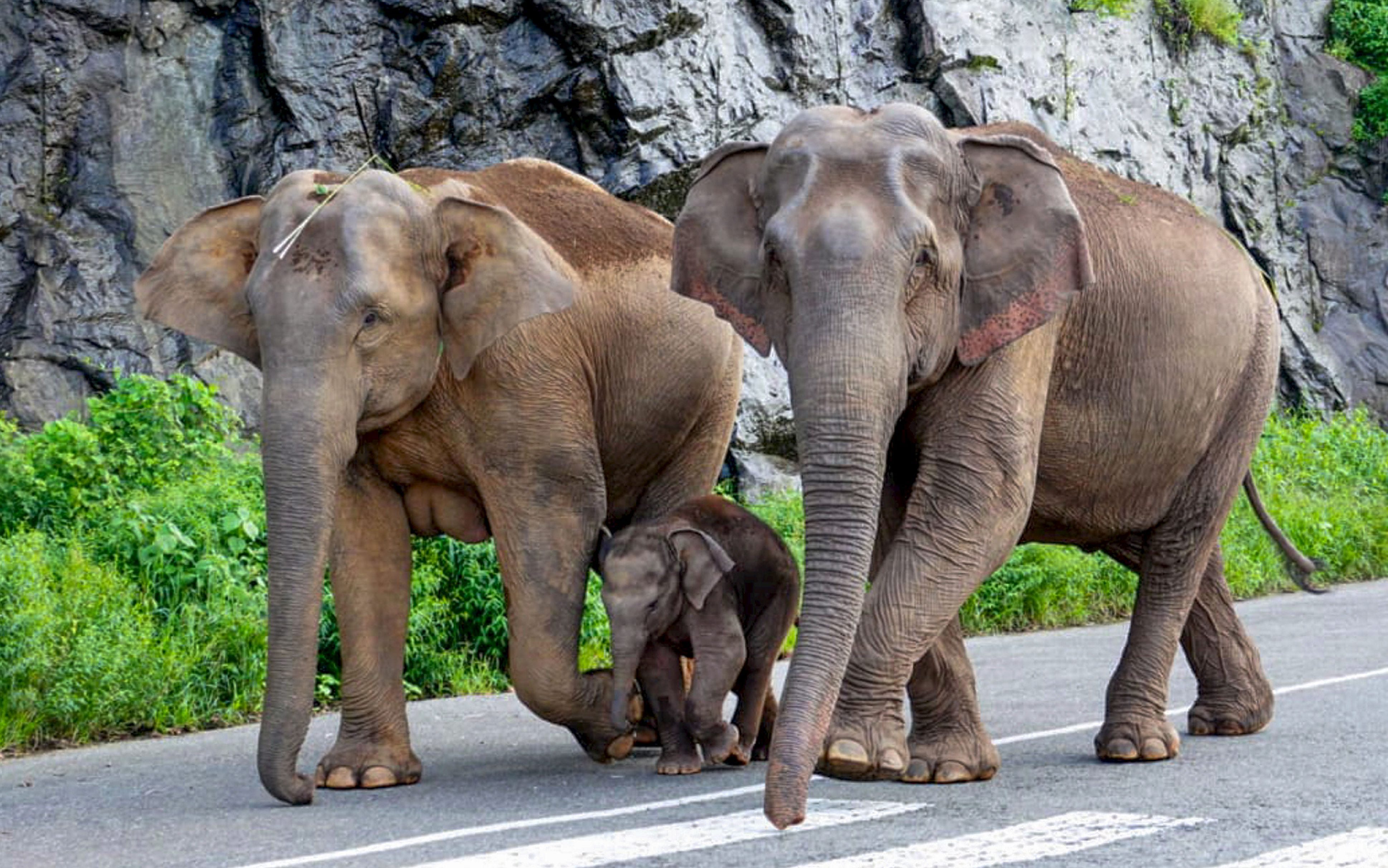
4 out of 8 elephants die of herpes virus in Odisha's Nandankanan zoo
Officials at the Nandankanan Zoological Park in Bhubaneswar are in a fix as their elephants are dying at a rapid pace. After the death of four elephants within a span of 26 days due to EEHV, the officials now face an uphill task of containing the virus from spreading.

Officials at the Nandankanan Zoological Park in Bhubaneswar are in a fix as four of the eight elephants at the park have died within a span of 26 days due to Elephant Endotheliotropic Herpesvirus (EEHV). The officials now face an uphill task of containing the virus from spreading.
Elephant Endotheliotropic herpes is a type of virus that can cause a highly fatal haemorrhagic disease when transmitted to young Asian elephants. The virus attacks the blood vessel cells, rupturing capillaries that cause blood loss. Once this reaches the heart, the haemorrhage kills the pachyderm quickly through shock.
“The source of the virus outbreak is still a mystery to us as they are kept in captivity where the possibility of contracting viruses from the wild can be ruled out,” said Alok Das, senior veterinary officer, Nandankanan zoo.
Also watch | This is how North East plans to rescue its elephants
Speaking to The Federal, he further said that the zoo authorities had undertaken a lot of preventive measures including sanitation and regular blood sample examinations right after the very first elephant, a female named ‘Julie’, died in the zoo on August 27.
However, on 14 September, when the zoo’s lone male elephant ‘Chandan’ too showed symptoms of EEHV, the officials immediately quarantined him. The 10-year-old elephant was subsequently administered anti-viral drugs. But, he succumbed the very next day.
Just when the officials thought they had separated the infected elephants from the others, two other sub-adult elephants, Kamala and Gauri, showed the same symptoms, which includes reduced appetite, nasal discharge and swollen glands on both sides of the face, and a sharp drop in platelet count. Both the seven-year-old elephant died eventually, taking the death toll to four out of the eight elephants that existed in the premier zoo.
Also read | Why do humans want animals to be like them?
The multiple deaths have baffled the zoo authorities since they had isolated the infected animals from the healthy ones to avoid physical transmission of the virus. The transmission of the virus happens through physical contact among young adults.
However, Das assured that the remaining four elephants are “hale and hearty” and that the officials are keeping a close vigil on them and monitoring their blood parameters.
The zoo authorities depend on expertise from the national and international front for the treatment of the infected animals. Das said that the zoo authorities have sought help from veterinarians of the Centre for Wildlife at the Odisha University of Agriculture Technology and scientists in Samsonian Zoo, Washington for guidance on antiviral drug prescriptions and to formulate a contingency plan to contain the breakout.

